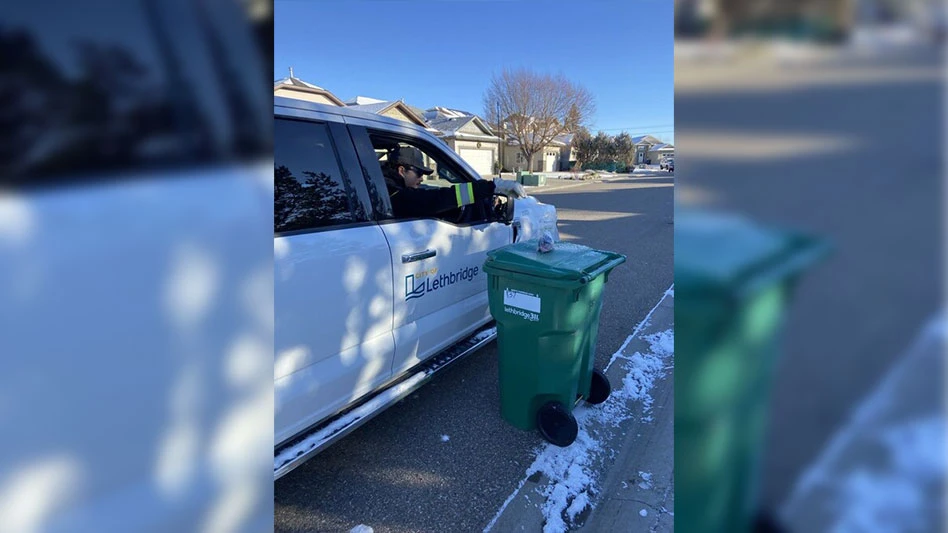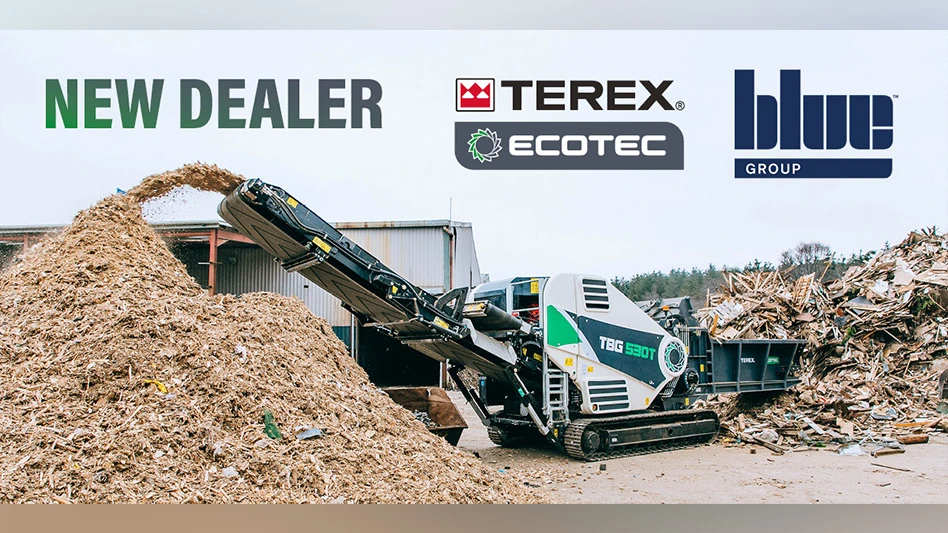
Germany-based equipment maker Strautmann Umwelttechnik GmbH says its customer the Ingram Micro Distribution GmbH location in Straubing, Germany, has for two years disposed of some 840 tons of old corrugated containers (OCC) annually with one of its BaleTainer automatic balers.
Since using the baler, disposal processes have slimmed down enormously, according to Manfred Reindl, a supervisor at Ingram Micro Distribution, which distributes IT and consumer electronics equipment. “Our time savings are tremendously high,” he comments. “We save seven hours per day by using the BaleTainer. Instead of spending time with disposal, employees can now focus on their core business.”
BaleTainer compacts OCC generated at two storage areas. The baler is centrally positioned and can be filled from both the lower and upper storage areas. This has been critical to the time savings, says Reindl, who adds that employees are also happy about the fully automatic baler.
They can place the packaging from items such as cameras or cell phones into storage bins that are situated directly at source where material accrues. In the lower storage area, an employee drives the full bins to the BaleTainer, where they are tipped into the hopper in less than 30 seconds using a lifting device. From the upper storage area, the boxes fall directly into the BaleTainer via a chute.
The configuration means that even if the upper and lower levels wish to load material at the same time, waiting times can be avoided. The BaleTainer compacts the cardboard with 60 kilonewtons of compression force into 450-kilogram (990-pound) bales. In addition to the fully automatic compaction, the wire-tying and the bale discharge are fully automatic, according to Strautmann. “Before, the manual emptying of a container took two to three minutes; the BaleTainer can do it in 25 seconds,” says Reindl.
Previously, discarded packaging was collected in containers that were picked up in the lower storage area by pallet truck and brought to the compactor. Employees often had to walk long distances to the compactor, sometimes in bad weather conditions, and then manually insert the cardboard boxes into the compactor. The disposal process of a single container took about two to three minutes and the outside compactor also occupied a dock space and involved a monthly rental cost.
In the upper storage area, cardboard was compacted with a vertical baler. Each carton had to be thrown into the baling chamber by hand. Through constant intermediate use of the small baler, employees lost a lot of time performing disposal chores. “That was a huge amount of time—a pointless waste of time,” states Reindl.
Ingram says it also saves on transport costs because of the high density of the OCC bales. The marketing of directly marketable bales is also lucrative, says Reindl. “With the BaleTainer and the uniform disposal containers, we have created order and structure - that was particularly important to us because of [our] many customer visits,” he states.
Reindl cites Günter Komesker, managing director of Strautmann, and Markus Jobst, the sales director for its South-East region, for having given him good advice and having been a pleasure to work with.
Latest from Recycling Today
- China to introduce steel export quotas
- Thyssenkrupp idles capacity in Europe
- Phoenix Technologies closes Ohio rPET facility
- EPA selects 2 governments in Pennsylvania to receive recycling, waste grants
- NWRA Florida Chapter announces 2025 Legislative Champion Awards
- Goldman Sachs Research: Copper prices to decline in 2026
- Tomra opens London RVM showroom
- Ball Corp. makes European investment





